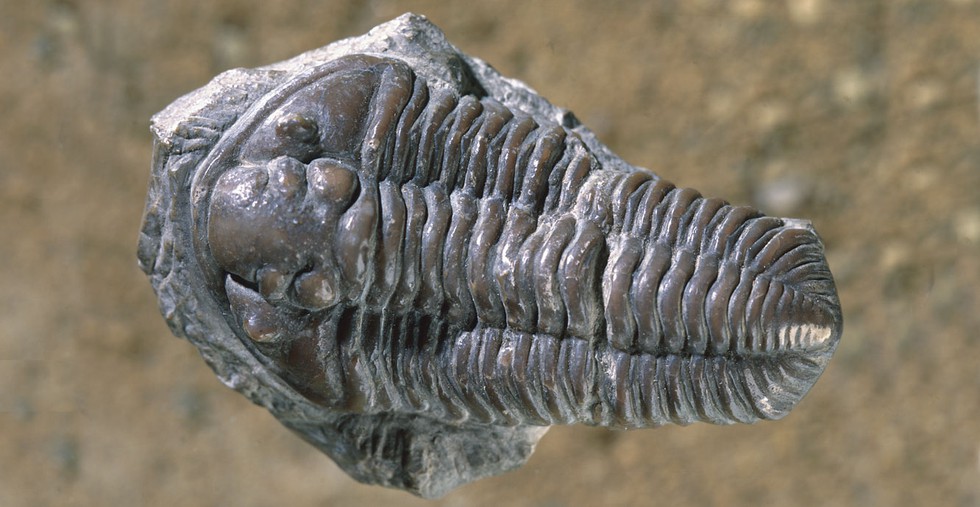Recent excavations in upstate New York have led to a remarkable discovery of trilobite fossils that reveal an unexpected feature: an additional pair of legs. Previously, trilobites, ancient arthropods that existed over 500 million years ago, were known to possess three pairs of legs. The newly discovered fossils suggest that some trilobites may have had an extra pair.
Significance of the Discovery
This finding is crucial as it offers new perspectives on the evolutionary adaptations of trilobites. The presence of an additional set of legs could imply a unique adaptation to their environment or indicate a possible evolutionary branch within trilobites. Researchers are investigating how this feature might have influenced their mobility, feeding behaviors, and overall interactions with their environment.
Discovery Details
The fossils were found during a routine excavation by paleontologists in a sedimentary rock formation known for its rich fossil deposits. This discovery not only enhances our understanding of trilobite anatomy but also underscores the potential for further surprising findings in the fossil record.
Future Research
Further studies are anticipated to determine the prevalence of this anatomical trait among trilobites and its implications for understanding their evolutionary history.
Multiple-Choice Questions (MCQs):
- What unexpected feature was found in the newly discovered trilobite fossils?
- A) Extra set of eyes
- B) Additional pair of legs
- C) Larger body size
- D) New type of exoskeleton
- How many pairs of legs were trilobites previously known to have?
- A) Two
- B) Three
- C) Four
- D) Five
- What might the additional pair of legs suggest about the trilobites?
- A) They had a unique adaptation to their environment
- B) They were more closely related to insects
- C) They were less mobile than previously thought
- D) They had a different feeding mechanism
- Where were the trilobite fossils discovered?
- A) In a volcanic rock formation
- B) In a sedimentary rock formation
- C) In a glacial deposit
- D) In an igneous rock formation
- What aspect of trilobites does this discovery highlight?
- A) Their large size
- B) The potential for more surprising discoveries in the fossil record
- C) Their diet changes over time
- D) Their migration patterns
